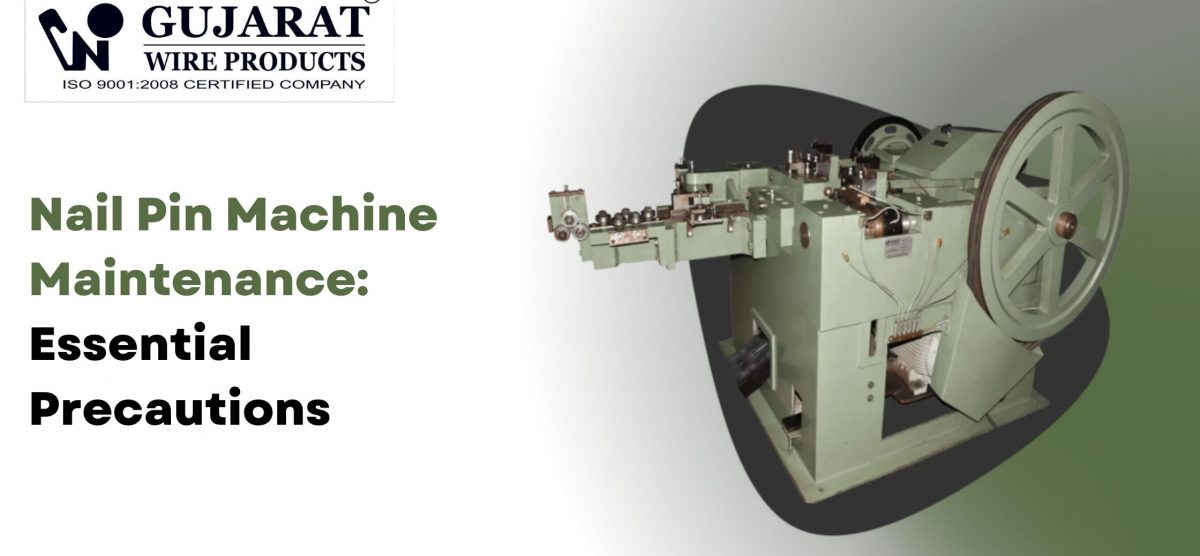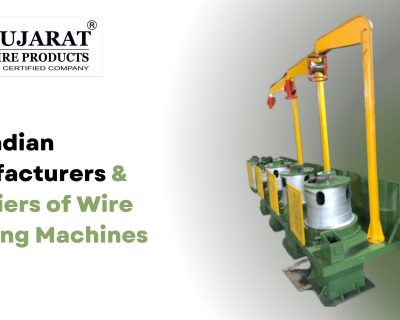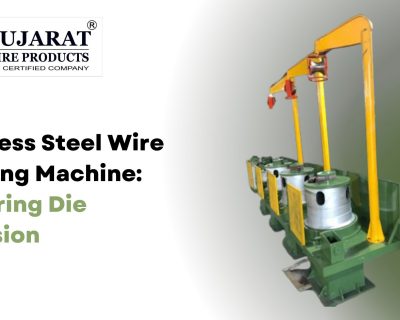Blog

Types of Wire Drawing Die Materials & Their Applications
Wire drawing is a foundation of the modern metals industry, enabling the transformation of rods and wires into precise diameters suited for construction, electrical, automotive, and specialty manufacturing. At the heart of this process is the wire drawing die—a precision tool that shapes, sizes, and polishes the wire as it passes through. The performance, lifespan, and ultimate quality of the drawn wire depend largely on the material chosen for these dies. As technology advances, so do the options for die materials, making the right selection a strategic decision for manufacturers aiming for efficiency and product excellence.
What Is a Wire Drawing Die?
A wire drawing die is a specially-shaped mold through which metal wire is drawn to reduce its diameter and improve its quality. The die must withstand extreme abrasion and pressure while maintaining consistency in shape, diameter, and surface finish.
Evolution of Wire Drawing Die Materials
Originally, wire drawing dies were simple in construction, using basic steel alloys. However, as production demands increased and the range of processed metals diversified, new materials have emerged—each offering unique benefits and applications.
Main Types of Wire Drawing Die Materials
1. Alloy Steel Dies
- Description: Once the industry standard, alloy steel dies consist of high-strength steel alloys.
- Advantages: Readily available, cost-effective for low-volume or non-critical applications.
- Drawbacks: Limited wear resistance and relatively short service life compared to newer materials.
- Applications: Best suited for experimental setups or low-precision work where die changes are not frequent.
2. Cemented Carbide Dies
- Description: Composed of tungsten carbide particles bonded by a metallic binder, usually cobalt.
- Key Benefits:
- Exceptional wear resistance
- Low friction coefficient
- High processing adaptability
- Superior corrosion resistance
- Why It Matters: Cemented carbide dies have become the “go-to” solution for most industrial applications due to their balance of durability and cost, withstanding the tough mechanical loads and abrasive nature of wire drawing.
- Applications: Widely used in high-volume steel, copper, and aluminum wire drawing for construction, automotive, and electrical industries.
3. Polycrystalline Diamond Dies (PCD)
- Description: Manufactured through the sintering of diamond crystals with metallic binders at high temperatures and pressure.
- Key Strengths:
- Outstanding hardness and abrasion resistance
- Consistent wire finish and extremely long service life
- Cost Consideration: Higher initial investment, but longer intervals between replacement/sizing lower the lifetime cost.
- Applications: Preferred for demanding applications—steel cord, high-tensile wires, non-ferrous metals—where dimensional precision and die longevity are mission-critical.
4. Natural Diamond Dies
- Description: Utilizes gem-quality natural diamond bored and polished to exact wire sizes.
- Unique Advantages:
- Ultra-high hardness and the lowest possible friction
- Can achieve the finest wire diameters (micron level)
- Limitations: Expensive and sensitive to impact; suited for specialized, high-precision needs.
- Applications: Used for gold, platinum, and extremely fine specialty wires (jewelry, medical, electronic wires).
5. CVD Diamond Dies (Chemical Vapor Deposition)
- Description: Synthetic diamond film is deposited onto a tungsten carbide core via chemical vapor deposition, combining toughness and diamond’s superior properties.
- Benefits:
- High uniformity and purity
- Lower cost compared to natural diamond
- Excellent for high-speed, high-volume processing
- Applications: Bridges the gap between carbide and PCD/natural diamond, used in fine and ultra-fine wire drawing where cost and performance are balanced.
6. Ceramic Dies
- Description: Engineered ceramics (such as alumina or zirconia) used for exceptional heat resistance and chemical durability.
- Advantages:
- High-temperature performance
- Strong resistance to corrosion from aggressive metals or lubricants
- Drawbacks: Lower toughness than carbide or diamond; risk of chipping under impact.
- Applications: Specialized usage in wire drawing operations involving aggressive processes or environments (like stainless steel or acidic wire baths).
How to Select the Right Wire Drawing Die Material
Assessing Your Production Needs
- Wire Material: Harder wires (high-carbon, stainless) or abrasives benefit from PCD or carbide; soft/malleable wires (copper, aluminum) may work well with carbide or ceramic dies.
- Required Tolerances: Extreme diameter control? Opt for diamond or CVD dies.
- Production Volume: High-output factories favor carbide or PCD for longevity; R&D or low-volume shops might select steel or ceramic.
- Cost Considerations: While diamond-based dies are pricier up-front, long tool life and reduced downtime often justify the investment.
Die Maintenance and Upkeep
- Clean and lubricate dies regularly to extend lifespan.
- Monitor wire finish and die wear for signs of replacement.
- Utilize advanced machine controls for consistent speed and tension, which reduces die fatigue.
Real-World Applications
| Die Material | Common Applications |
| Alloy Steel Dies | Prototyping, small-batch runs |
| Cemented Carbide Dies | Bulk steel, aluminum, copper wire |
| PCD Dies | Steel cord, high-tensile & spring wire |
| Natural Diamond Dies | Ultra-fine, precious metal wires |
| CVD Diamond Dies | Fine/micron wire, electronics |
| Ceramic Dies | Stainless steel, difficult alloys |
Advancements in Die Technology
Modern wire drawing operations, such as those featured by leading manufacturers, now benefit from servo-driven machine controls. These:
- Offer higher speed regulation accuracy
- Enable real-time adjustment for die wear
- Dramatically reduce setup time and product variability
Emerging composite materials and hybrid dies are also being developed—combining benefits across materials for ultimate productivity and flexibility.
Conclusion: Matching Die to Demand for Success
Selecting the right wire drawing die material is more than a technical choice; it’s a direct driver of product quality, output, and operational cost. Whether you need ultra-fine, ultra-hardened, or ultra-cost-effective wire, understanding the strengths and limits of each die material ensures a competitive, sustainable production line.
Partner with experienced suppliers and stay informed about the latest material science breakthroughs—because the right die is the start of a flawless final product.





